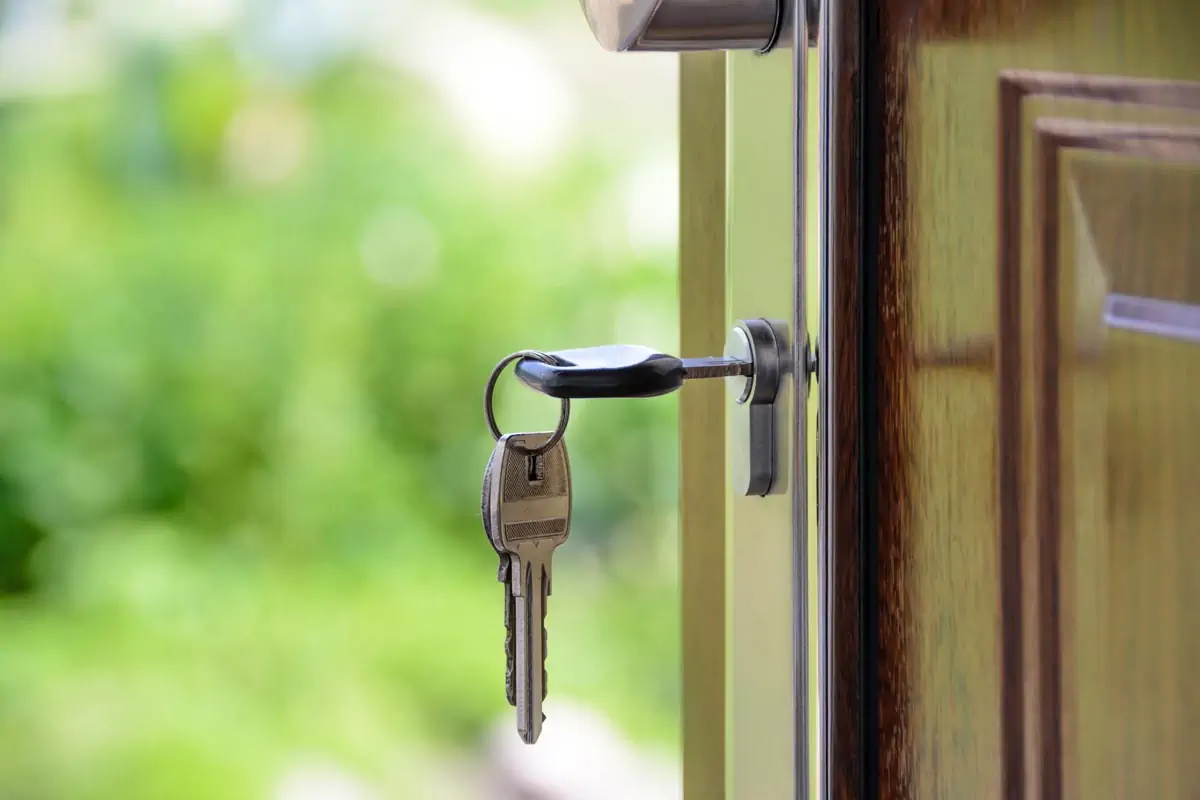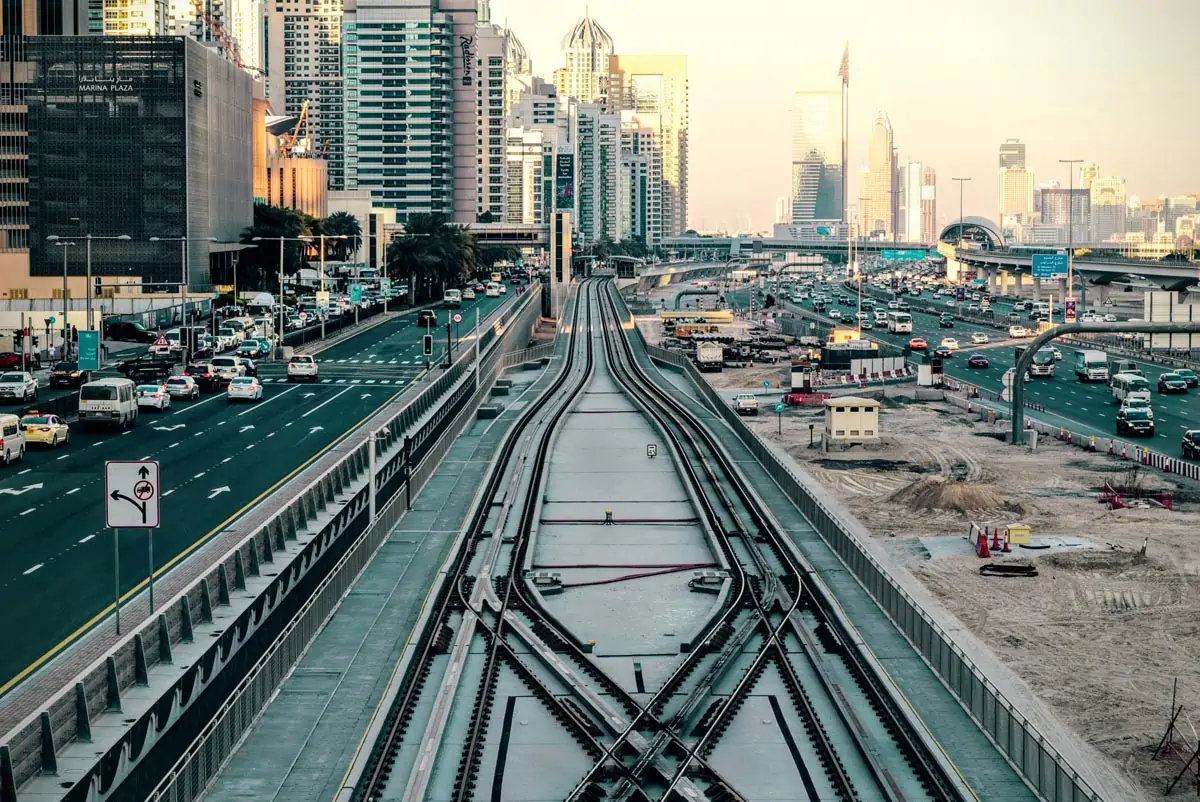Cost of Living in the Philippines vs. Other Southeast Asian Countries
 Photo courtesy of Pixabay via Pexels
Photo courtesy of Pixabay via Pexels
Individuals and businesses planning to relocate, travel, or invest in Southeast Asian countries should consider evaluating the cost of living in the region as expenses vary across different countries within the region. Understanding these differences can significantly impact your budget, lifestyle, and financial plans. Thus, comparing these daily expenses in various Southeast Asian countries allows you to make informed decisions on where to work, live, and travel in the region.
In this article, we’ll evaluate the cost of living in the Philippines contrasted to other well-known Southeast Asian countries. Taking into account a number of other elements that influence the region’s living expenses, including housing expenses, food and grocery expenditures, transportation overheads, and more.
This way, we can have a thorough idea of how much it costs to live in the Philippines as compared to other countries in the SEA region.
Cost of living in the PH vs. other Southeast Asian countries
 Photo courtesy of PhotoMIX Company via Pexels
Photo courtesy of PhotoMIX Company via Pexels
1. Housing costs
Housing expenses can vary according to location and property type. In general, house prices in the Philippines’ urban areas may be more expensive compared to Thailand and Vietnam.
For example, a renovated condo in Metro Manila’s central business district would range around $300 to $500 US Dollars per month, whereas a similar unit in Central Bangkok or Ho Chi Minh City could cost relatively less. Though the neighboring country would say otherwise since according to Numbeo, rent or property prices in the Philippines are 90.6% lower than in Singapore.
2. Food and grocery expenses
Food and groceries in the Philippines might differ from those in neighboring Southeast Asian nations like Vietnam, Thailand, and Singapore based on a number of variables such as geography, availability of local products, and the kind of food or groceries being bought.
For instance, a dinner in a local restaurant in Manila ranges from $2 to $5 USD, whereas the same meal in Singapore may be around $10 USD. Depending on the region, the price of ingredients, and other resources, food in Vietnam may be similar to that in the Philippines.
For instance, restaurant prices in the Philippines are estimated to be 65% lower than that of Singapore. When compared to Vietnam, PH restaurant prices are 14.2% higher.
 Photo courtesy of Tim Gouw via Pexels
Photo courtesy of Tim Gouw via Pexels
3. Transportation costs
Generally, public transportation in the Philippines is more affordable than in Singapore, while it may be comparable to or slightly lower than in Vietnam or Thailand.
One-way bus or rail fares in Metro Manila, for instance, can range between $0.20 and $0.60 USD in Metro Manila while they can cost between $0.70 and $1.19 USD in Singapore.
Depending on where you go, public transportation in Thailand may be on par with or significantly higher than it is in the Philippines. For instance, Bangkok bus tickets is anything between $0.20 and $0.70 USD.
4. Healthcare
Compared to Singapore and Thailand, healthcare in the Philippines is generally lower in cost, although the quality of healthcare can vary depending on the location and provider. In Singapore, healthcare is known for being expensive but of high quality wherever you go. While in Thailand, healthcare can be relatively affordable.
In the Philippines, public healthcare is available for free or at a low price, but the quality of care can be inconsistent, especially in rural areas. Private healthcare is also available and is generally more expensive but can offer higher quality care.
In contrast, the healthcare system in Singapore is among the best in the world, but is rather expensive, especially for expats who do not have access to public healthcare. Thailand is known for its medical tourism business, which draws patients from all over the world, and healthcare there is generally affordable.
5. Utilities costs
In general, utilities such as electricity, water, and gas are cheaper in the Philippines compared to Singapore or Vietnam but may be similar to or slightly higher than in Thailand.
According to Numbeo, the average monthly utility bill for an 85-square-meter apartment in the Philippines is around 4,746 PHP (about 92 SGD or 2,142 THB). This is significantly lower compared to Singapore, where the average monthly utility bill for a similar-sized apartment is around 150 SGD (about 6,403 PHP or 2960 THB), and Vietnam, where it is around 3,437,329 VND (about 7,341 PHP or 135 SGD). In Thailand, the average monthly utility bill for a similar-sized apartment is around 2,506 THB (about 4,324 PHP or 84 SGD).
6. Communication costs
The cost of communication (mobile cellular charges) in the Philippines is marginally higher than in Thailand and Vietnam, according to statistics from 2021 provided by the World Bank. The average cost of mobile cellular tariffs in the Philippines is $0.109 per minute, compared to $0.072 in Thailand and $0.069 in Vietnam.
Similarities and differences in the cost of living in the Philippines and other SEA countries
Relatively speaking, the Philippines’ cost of living is lower than those of other Southeast Asian nations like Singapore, Brunei, and Malaysia. It is important to keep in mind, however, that the cost of living differs according to geography, way of life, and individual interests.
In terms of housing, the cost of renting or buying a condo in the Philippines is relatively cheaper compared to Singapore and Brunei, but slightly higher than in Malaysia. This allows you to fall within your condo budgeting checklist. Food and transportation costs in the Philippines are also relatively cheaper than in other SEA countries.
Additionally, the exchange rate of currencies is another element that influences the cost of living in the Philippines. In comparison to the Singaporean dollar, Brunei dollar, and Malaysian ringgit, the Filipino peso is relatively weaker. As a result, foreigners and tourists who travel to or stay in the Philippines might get more for their money.
Which SEA country offers the most affordable cost of living?
Depending on location, lifestyle choices, and personal preferences, the daily expenses can fluctuate dramatically between various Southeast Asian nations. Below is a brief comparison of the Philippines’ living expenses with those of some other Southeast Asian countries:
- Singapore: Due to its high standard of living, high taxes, and high cost of real estate, Singapore is one of the most expensive cities in the world. According to estimates the average cost of living in the Philippines is $611 which is 81% lower than that of Singapore which is $3,280.
- Brunei: Brunei is a small country with an affordable standard of living. In many aspects, it is still more expensive compared to that of the Philippines. The cost of living in Brunei is $1038, 70% more expensive than the $611 cost of living in the Philippines.
- Malaysia: Because of its inexpensive cost of living, Malaysia is a popular vacation and retirement destination for foreigners. The living expenses, however, differ depending on the area. Livingcost.org estimates that Malaysia’s cost of living is around 3% more than that of the Philippines.
In conclusion, the cost of living in the Philippines is determined by several factors, including housing, food, transportation, healthcare, utilities, and communication. In comparison to neighboring countries like Thailand and Vietnam, housing expenses may be higher in urban areas but lower in suburban or rural areas. Food and grocery prices are generally more affordable than in Vietnam or Thailand, while transportation charges are cheaper than in Singapore.
Healthcare In the Philippines is typically lower than in Singapore, and utility charges are also lower compared to Singapore or Vietnam but similar to or slightly higher than in Thailand. In general, the standard of living expenses in the Philippines is lower than that of other Southeast Asian countries such as Singapore, Brunei, and Malaysia.
For more information about DMCI Communities, check out our ideas and suggestions for condo living here!




